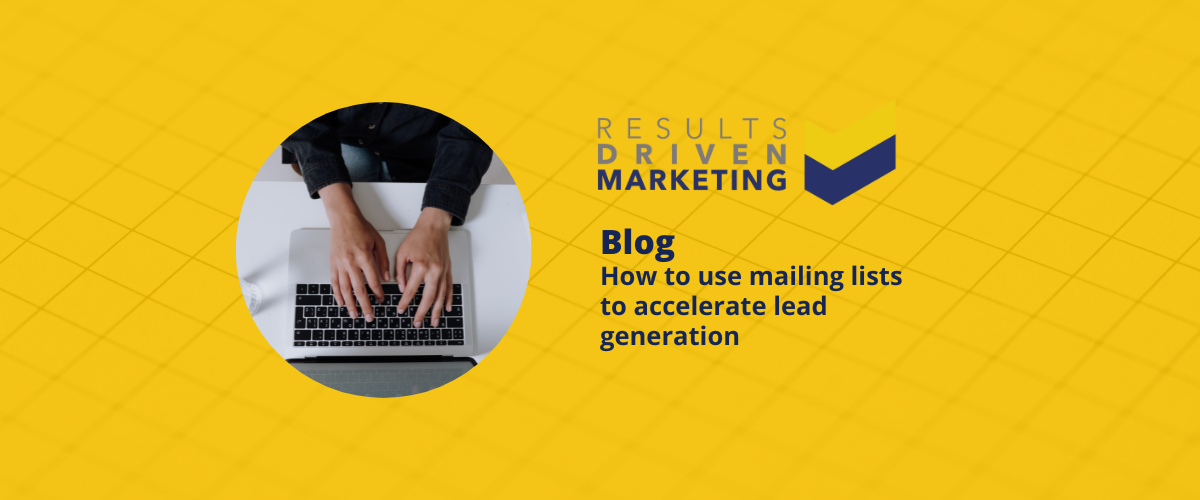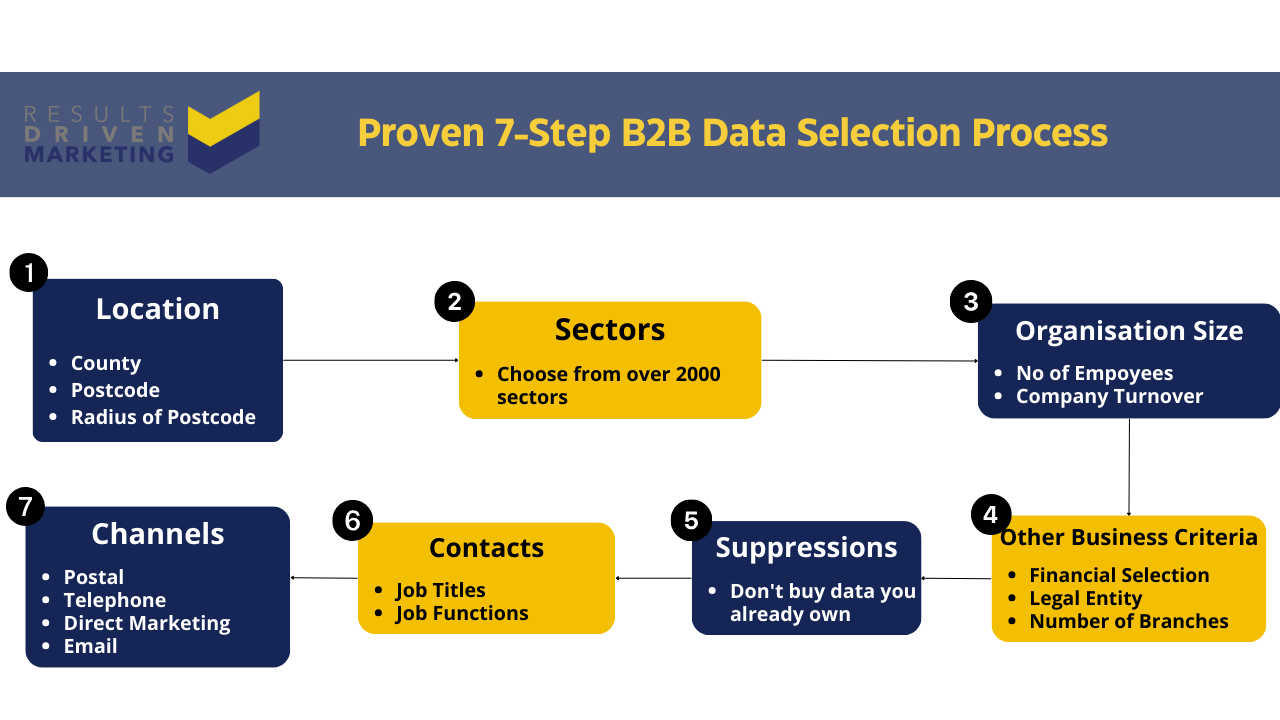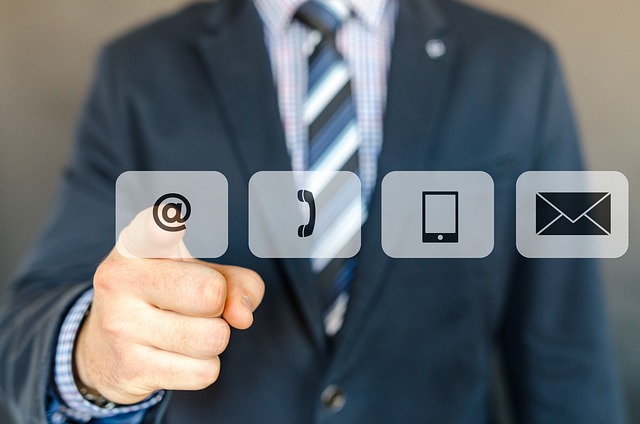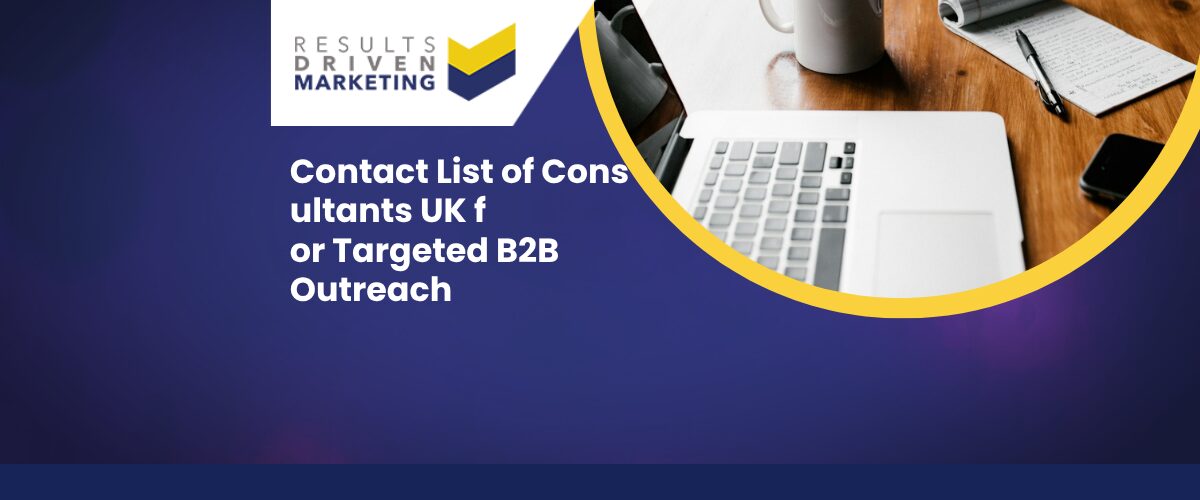
How to use Mailing Lists to Accelerate Lead Generation
Finding effective ways to accelerate lead generation is crucial for success. Mailing lists have proven to be a powerful tool for businesses looking to enhance their outreach and convert prospects into loyal customers.
In this article, we will explore how to use mailing lists to accelerate lead generation, offering practical tips and strategies to help you harness the full potential of this marketing asset.
Whether you’re a seasoned marketer or just starting out, understanding how to leverage mailing lists can give your lead generation efforts a significant boost and drive meaningful results for your business.
Table of contents:
The Importance of Lead Generation
Before we delve into mailing lists, let’s underscore why lead generation matters. Imagine your business as a hungry plant. Leads are the sunlight that fuels growth. They’re the individuals who express interest in your products or services, signaling their readiness to engage. Without leads, your business withers, unable to thrive.
The Role of Mailing Lists
Now, let’s focus on mailing lists. These digital treasure troves contain email addresses of individuals who have willingly opted in to receive communication from you. Think of them as your VIP guest list—a curated group of potential customers who want to hear from you. Here’s why mailing lists are crucial:
Direct Connection: Mailing lists provide a direct line of communication to your audience. Unlike social media or search ads, emails land directly in your subscribers’ inboxes, where they’re more likely to be noticed.
Personalisation Potential: With mailing lists, you can tailor your messages based on subscriber preferences, behaviour, and demographics. Personalised content resonates better and drives engagement.
Consistent Engagement: Regular newsletters, product updates, and exclusive offers keep your brand top of mind. Mailing lists allow you to maintain consistent touch points with your audience.
Lead Nurturing: Mailing lists enable lead nurturing. You can guide potential customers through their buying journey, providing valuable content and building trust along the way.
Conversion Catalyst: When done right, mailing lists boost conversions. A well-crafted email can prompt subscribers to take action—whether it’s making a purchase, signing up for a webinar, or downloading an e-book.
In summary, mailing lists are like the turbocharger for your lead generation engine. They help you accelerate the process, engage your audience, and convert curious prospects into loyal customers.
Certainly! Let’s dive into the section on Building an Effective Mailing List. We’ll explore strategies to collect high-quality email addresses, emphasise the importance of permission-based opt-ins, and discuss smart segmentation techniques.
Building an Effective Mailing List
Collecting High-Quality Email Addresses
Leverage Your Existing Network
- Start by tapping into your existing contacts. Reach out to current customers, business partners, and industry peers.
- Attend networking events, conferences, and webinars to expand your network. Exchange business cards or connect on professional platforms.
Website Opt-In Forms
- Place prominent opt-in forms on your website. Offer incentives such as e-books, webinars, or exclusive content in exchange for email sign-ups.
- Optimise the form design—keep it simple, minimise fields, and clearly communicate the value subscribers will receive.
Content Upgrades
- Create content upgrades for your blog posts. For example, if you write about “10 Tips for Effective SEO,” offer a downloadable checklist or a more in-depth guide.
- Promote these upgrades within your content and encourage readers to subscribe.
The Significance of Permission-Based Opt-Ins
Explicit Consent
- Always seek explicit consent before adding someone to your mailing list. Avoid pre-checked boxes or hidden opt-ins.
- Clearly state what subscribers can expect (e.g., weekly newsletters, product updates) and allow them to choose their preferences.
Double Opt-In Process
- Implement a double opt-in process. After users sign up, send a confirmation email with a link to verify their subscription.
- This ensures that only genuinely interested individuals join your list, improving engagement rates.
Smart Segmentation Based on Demographics and Behavior
Demographic Segmentation
- Divide your list based on demographics like age, location, job title, and industry.
- Tailor your content to resonate with each segment. For instance, a B2B audience may have different needs than a B2C audience.
Behavioural Segmentation
- Analyse subscriber behaviour: open rates, click-through rates, and engagement patterns.
- Segment based on actions taken (e.g., abandoned carts, webinar attendance, white paper downloads).
- Send targeted emails based on these behaviours.
Building an effective mailing list requires a strategic approach. Focus on quality over quantity, respect subscribers’ preferences, and use segmentation wisely. By doing so, you’ll accelerate lead generation and nurture valuable relationships with your audience.
Creating Engaging Content
Explore Different Content Types
Newsletters
- What Are They? Newsletters are regular email updates sent to subscribers. They can cover industry news, company updates, or curated content.
- Why Use Them? Newsletters keep your audience informed, build brand loyalty, and drive traffic to your website.
Product Updates
- What Are They? These emails inform subscribers about new product features, enhancements, or releases.
- Why Use Them? Product updates showcase your offerings, educate users, and encourage adoption.
Blog Posts
- What Are They? Share snippets of your latest blog posts via email. Include a compelling intro and a link to read the full article.
- Why Use Them? Blog emails position you as an industry thought leader and drive traffic to your blog.
The Need for Personalised, Relevant Content
Segmented Content
- Why Personalise? Generic content won’t cut it. Segment your list based on user behaviour, preferences, and demographics.
- Example: Send tailored content to recent buyers, offering related products or exclusive discounts.
Dynamic Content
- What Is It? Dynamic content changes based on user data. Show different product recommendations, images, or CTAs.
- Example: If a subscriber browsed laptops, send an email featuring laptop deals.
Examples of Successful Email Campaigns
Welcome Series
- Purpose: Introduce new subscribers to your brand.
- Content: Send a series of emails—thank you, brand story, and product highlights.
Abandoned Cart Emails
- Purpose: Recover lost sales.
- Content: Remind users of their abandoned items, offer incentives, and create urgency.
Birthday/Anniversary Emails
- Purpose: Celebrate special occasions.
- Content: Personalised greetings, exclusive discounts, or freebies.
Creating engaging content is the secret sauce for successful email marketing. Remember, it’s not just about sending emails—it’s about building relationships and providing value to your subscribers.
Optimising Email Deliverability
Maintaining a Healthy Sender Reputation
Authenticate Your Domain
- SPF (Sender Policy Framework): Set up SPF records to specify which servers are authorised to send emails on behalf of your domain.
- DKIM (DomainKeys Identified Mail): Implement DKIM to digitally sign your emails, ensuring their authenticity.
- DMARC (Domain-based Message Authentication, Reporting, and Conformance): Use DMARC policies to instruct receiving servers on how to handle unauthenticated emails.
Monitor Bounce Rates
- Regularly check bounce rates. High bounce rates signal poor list hygiene or outdated email addresses.
- Remove hard bounces (permanent delivery failures) promptly to maintain a clean list.
Best Practices for Avoiding Spam Filters
Avoid Spammy Content
- Subject Lines: Steer clear of all-caps, excessive punctuation, and misleading subject lines.
- Body Text: Refrain from using trigger words like “free,” “urgent,” or “act now.”
- Images: Balance text and images; avoid image-only emails.
Segmentation and Personalisation
- Segment Your List: Send relevant content to specific segments. Avoid mass emails.
- Personalise: Use subscribers’ names and tailor content based on their preferences.
Impact of Subject Lines, Sender Names, and Timing
Subject Lines
- Be Clear and Concise: Subject lines should convey the email’s purpose.
- A/B Testing: Experiment with different subject lines to see what resonates with your audience.
Sender Names
- Use a Recognisable Name: Subscribers should instantly recognise your brand or organisation.
- Avoid Generic Sender Names: “Info” or “No Reply” can trigger distrust.
Timing
- Test Send Times: Experiment with different days and times to find optimal open rates.
- Consider Time Zones: Send emails when your audience is most likely to be active.
Optimising email deliverability is like tending to a well-kept garden. Nurture your sender’s reputation, avoid spam traps, and craft compelling emails. Remember, every successful delivery brings you closer to accelerated lead generation.
Lead Nurturing and Conversion to Accelerate Lead Generation
Lead Nurturing Sequences and Automated Workflows
Understanding Lead Nurturing
- What Is It? Lead nurturing is the process of building relationships with potential customers over time.
- Why Is It Important? Not all leads are ready to buy immediately. Nurturing ensures you stay on their radar until they’re ready to convert.
Automated Workflows
- Setting Up Workflows: Create automated email sequences triggered by specific actions (e.g., sign-up, download, abandoned cart).
- Segmentation: Tailor workflows based on lead behaviour, interests, and engagement level.
- Example Workflow:
- Welcome Email: Send a warm welcome and set expectations.
- Educational Content: Share valuable resources (e.g., blog posts, webinars).
- Product Showcase: Highlight your offerings.
- Lead Score Triggers: Based on engagement, escalate or adjust the frequency of emails.
The Role of CTAs (Calls-to-Action)
Strategically Placed CTAs
- In Emails: Use clear, action-oriented CTAs (e.g., “Get Started,” “Claim Your Discount”).
- On Landing Pages: Optimise landing pages with compelling CTAs.
- Example: After sharing valuable content, prompt readers to download an e-book or schedule a demo.
Lead nurturing isn’t a sprint; it’s a marathon. Consistent communication, relevant content, and well-placed CTAs will accelerate lead conversion. Remember, every interaction brings you closer to turning leads into loyal customers.
Measuring and Analysing Results
Key Metrics to Monitor
Open Rates
- What Are They? Open rates indicate the percentage of recipients who opened your email.
- Why Are They Important? High open rates suggest effective subject lines and relevant content.
Click-Through Rates (CTR)
- What Are They? CTR measures the percentage of recipients who clicked on links within your email.
- Why Are They Important? A high CTR indicates engaged subscribers who are interested in your content.
Conversion Rates
- What Are They? Conversion rates track the percentage of recipients who took a desired action (e.g., made a purchase, signed up for a webinar).
- Why Are They Important? Ultimately, conversions drive business growth.
Tracking and Analysing Tools
Email Service Providers (ESPs)
- Popular ESPs: Consider platforms like Responder.
- Features: ESPs offer built-in analytics dashboards to track metrics, segment lists, and automate campaigns.
Google Analytics
- Integration: Link your email campaigns to Google Analytics.
- Benefits: Analyse user behaviour on your website after clicking email links.
Heat maps and User Behaviour Tools
- Heat maps: Tools like Hotjar or Crazy Egg show where users click within your emails.
- Behaviour Tracking: Understand how recipients engage with your content.
Actionable Insights for Continuous Improvement
A/B Testing
- Test Variables: Experiment with subject lines, CTAs, and content layout.
- Iterate: Use insights from A/B tests to refine your approach.
Segmentation Refinement
- Analyse Segments: Review performance across different segments.
- Adjust Content: Tailor content based on segment preferences.
Feedback Loops
- Monitor Unsubscribes and Complaints: Learn from negative feedback.
- Adapt: Address pain points and improve your emails.
Measuring results isn’t just about data—it’s about learning and adapting. Regularly analyse metrics, optimise your content, and keep your finger on the pulse of your mailing list. Remember, every tweak brings you closer to accelerated lead generation.
Conclusion
To accelerate lead generation, utilising mailing lists effectively is a game-changer for any business. By segmenting your audience, personalising your messages, and maintaining list hygiene, you can create targeted and impactful campaigns that drive higher engagement and conversions.
Additionally, regularly analysing your performance metrics and staying compliant with regulations ensures your efforts are both efficient and ethical. By implementing these strategies, you can harness the full power of mailing lists to accelerate lead generation, ultimately leading to sustained growth and success for your business.
Who are we?
Dedicated to lead generation, Results Driven Marketing provides myriad services SMEs can trust to deliver results.
Our marketing lists are guaranteed accurate to industry high standards, and GDPR compliant and our experience team means that if you are looking to buy data, they make them totally bespoke and highly relevant whether you are looking for email lists, direct mailing lists or telemarketing lists.
Our email marketing software is highly rated. Responder provides the automation tools you need to put your marketing on autopilot.
We also supply email marketing solutions with our email marketing platform.
Call us today on 0191 406 6399 to discuss your specific needs.
Results Driven Marketing
info@rdmarketing.co.uk
0191 406 6399








